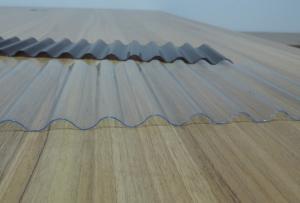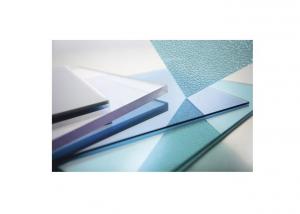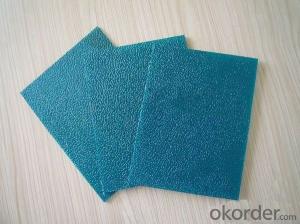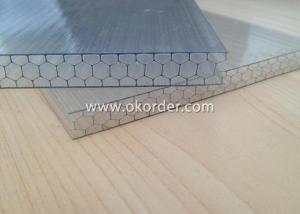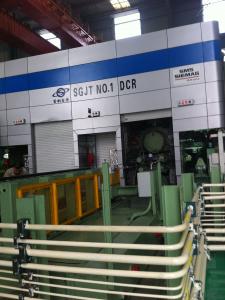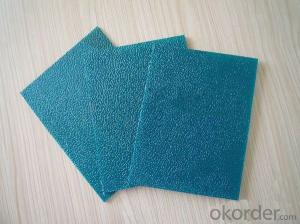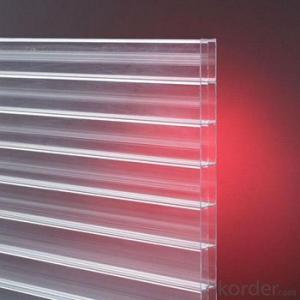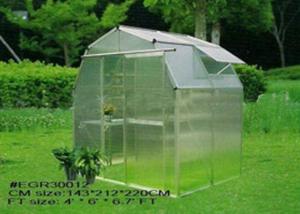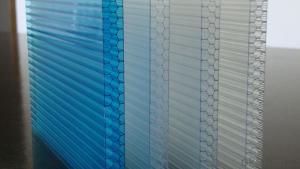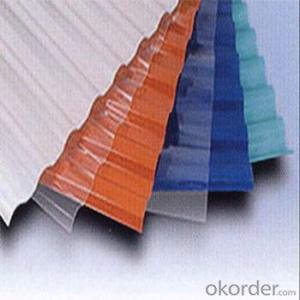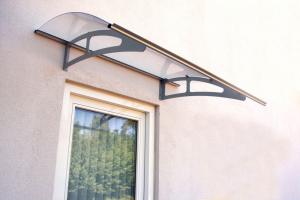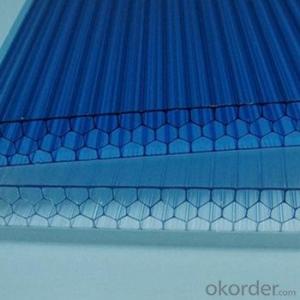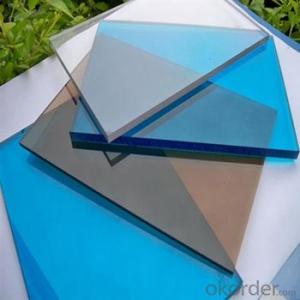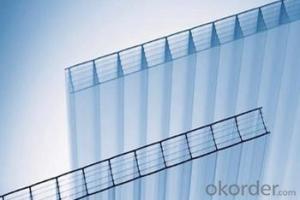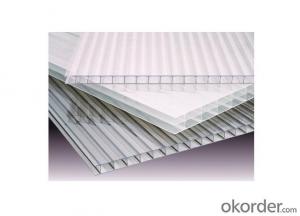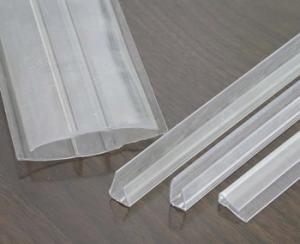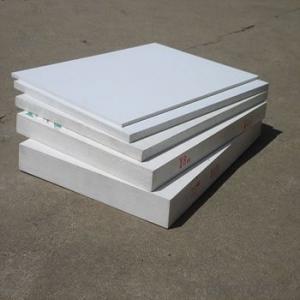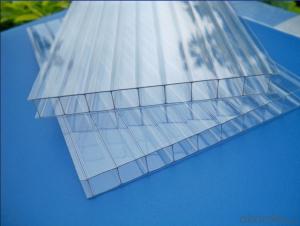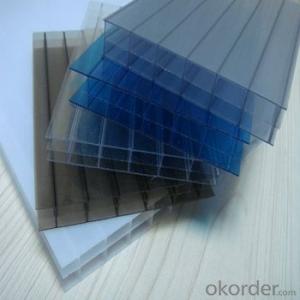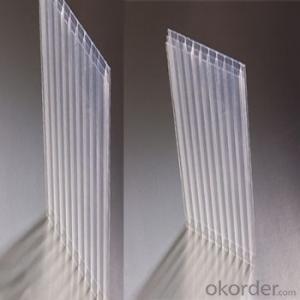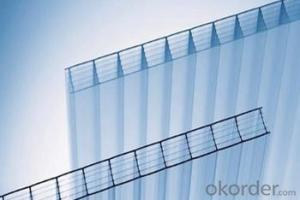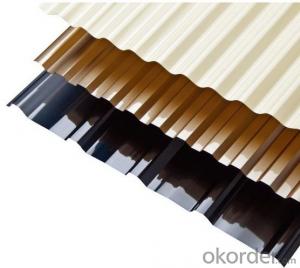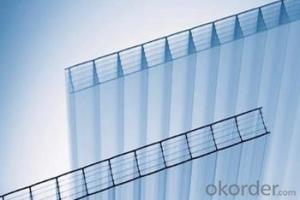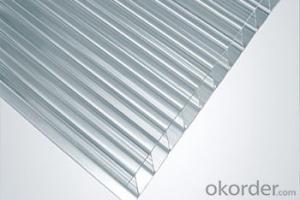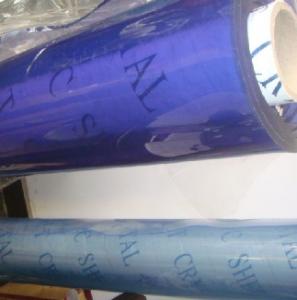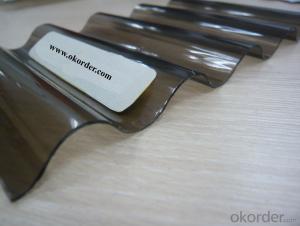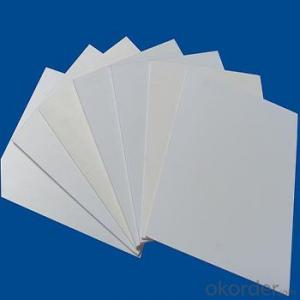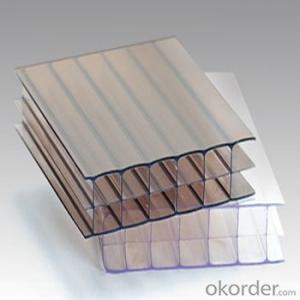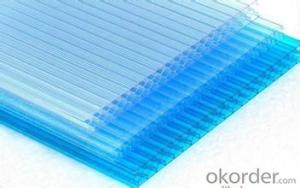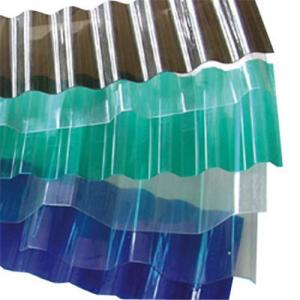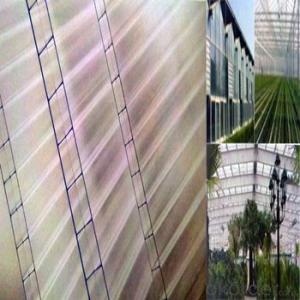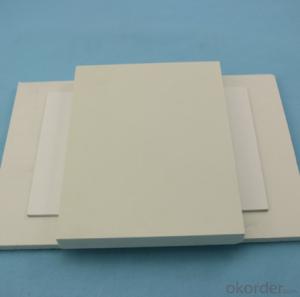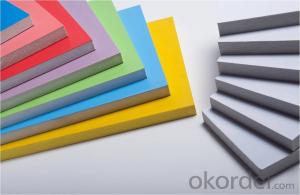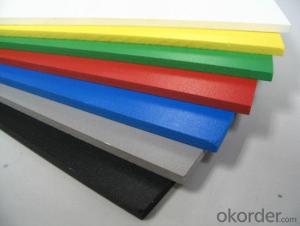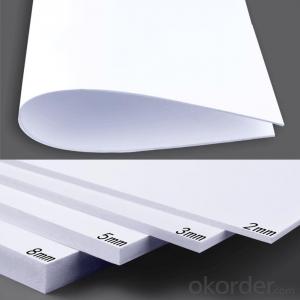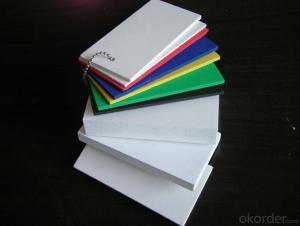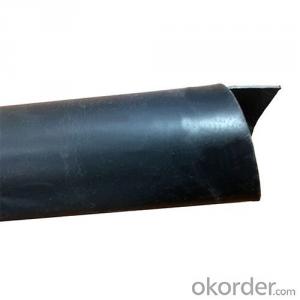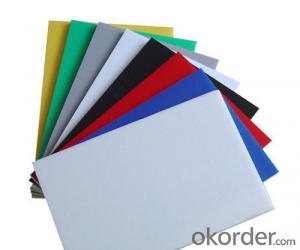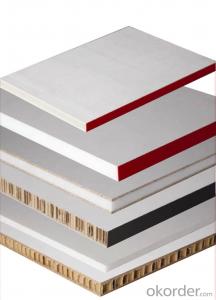Polycarbonate Sheets Dubai
Polycarbonate Sheets Dubai Related Searches
Polycarbonate Sheet Delhi Polycarbonate Sheets Lebanon Polycarbonate Sheet Singapore Polycarbonate Sheets Cyprus Polycarbonate Sheets Cyprus Polycarbonate Sheets Cyprus Palsun Polycarbonate Sheets Polycarbonate Sheet Price Malaysia Polycarbonate Sheet Malaysia Price Polycarbonate Sheet Roofing White Polycarbonate Sheet Structural Plywood Sheets Fitting Polycarbonate Roofing Sheets Plastic Film Sheets Flexible Plexiglass Sheets Poly Styrene Foam Sheets Twin Wall Polycarbonate Sheet Price Expanded Polystyrene Insulation Sheets Lightweight Plastic Sheets Polyisocyanurate Foam Sheets Structural Plastic Sheets Redwood Plywood Sheets Roofing Plywood Sheets Diamond Plate Aluminum Sheets Pvc Wall Cladding Sheets Pp Roofing Sheets 10Mm Solid Polycarbonate Sheet Plywood Sheets Prices Thin Hard Plastic Sheets Insulation Polyurethane Foam SheetPolycarbonate Sheets Dubai Supplier & Manufacturer from China
Polycarbonate Sheets Dubai are versatile plastic materials known for their durability, impact resistance, and transparency. These sheets are widely used in various industries for a multitude of applications, such as construction, automotive, and signage. They are often chosen for their ability to withstand harsh weather conditions and their lightweight properties, making them an ideal choice for a range of projects.Polycarbonate Sheets Dubai are utilized in a variety of applications, including glazing, canopies, and partitions. They are also commonly used in the creation of protective barriers, such as in sports facilities and industrial settings. The material's UV-resistant properties make it suitable for outdoor use, while its ability to be thermoformed allows for the creation of custom shapes and designs. This flexibility in usage makes Polycarbonate Sheets Dubai a popular choice among architects, engineers, and designers.
Okorder.com is a leading wholesale supplier of Polycarbonate Sheets Dubai, offering a vast inventory to cater to the diverse needs of clients. With a commitment to quality and customer satisfaction, Okorder.com ensures that the products they provide meet the highest industry standards. Their extensive stock allows for quick turnaround times and efficient delivery, making them a reliable choice for businesses and individuals seeking high-quality Polycarbonate Sheets Dubai.
Hot Products
